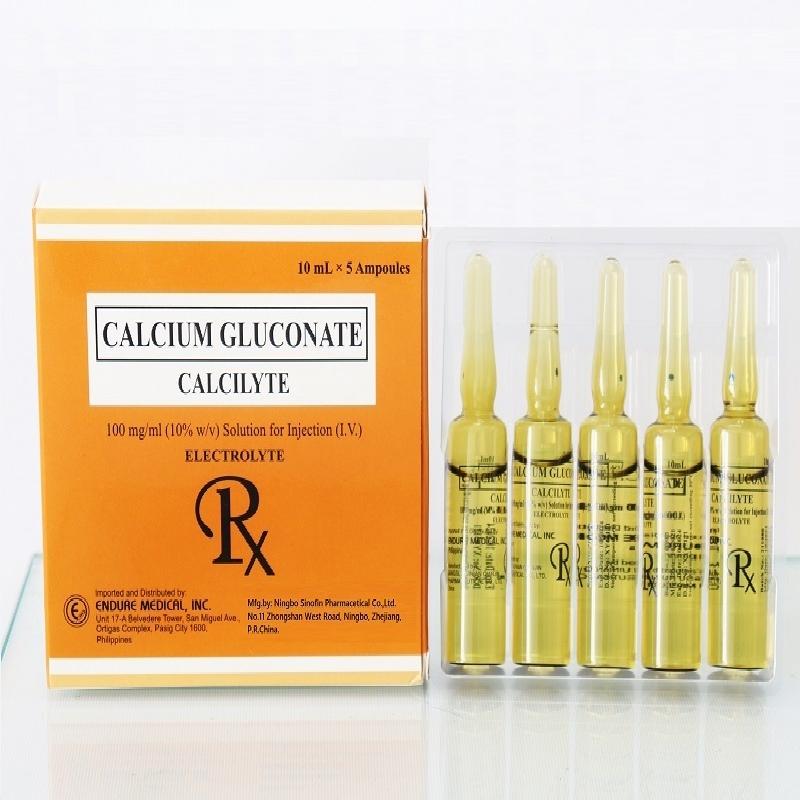-
Categories
-
Pharmaceutical Intermediates
-
Active Pharmaceutical Ingredients
-
Food Additives
- Industrial Coatings
- Agrochemicals
- Dyes and Pigments
- Surfactant
- Flavors and Fragrances
- Chemical Reagents
- Catalyst and Auxiliary
- Natural Products
- Inorganic Chemistry
-
Organic Chemistry
-
Biochemical Engineering
- Analytical Chemistry
-
Cosmetic Ingredient
- Water Treatment Chemical
-
Pharmaceutical Intermediates
Promotion
ECHEMI Mall
Wholesale
Weekly Price
Exhibition
News
-
Trade Service
Preamble
White blood cells play a pivotal role in the body's immune function, when the body is attacked by bacteria or viruses, or when the body is in a state of stress, or when there is a hematological disease, the white blood cells in the peripheral circulation of blood are significantly increased, or slightly increased; When the body is immunocompromised, chemotherapy or relapse occurs, leukocytes are reduced or significantly reduced
.
Lesions of any tissue or organ in the body may cause changes in the number and classification of white blood cells in
the peripheral circulating blood.
Case history
Patient Qiu Moumou, gender: female, age: 77 years old, Han nationality, married, occupation: other
.
Primary medical history:
1.
Decompensated cirrhosis, hypoproteinemia, peritoneal effusion, portal hypertension, splenomegaly,
2.
Chronchiolitis with emphysema
.
I came to the hospital today and was admitted to the hospital
with "liver cirrhosis decompensation".
A series of laboratory tests were performed, and the main laboratory test results were as follows: TP54.
1↓, ALB26.
1↓, TBA16.
1↑, AST46↑, ALP234↑, and other liver function biochemical indicators were normal
.
CBC results:
Blood routine analysis, white blood cells up to 392*10^9/L, white blood cell scatter chart displays:
Not only triggered the rules of blood routine reexamination, but also the white blood cell count far exceeded the early warning value of 50*10^9/L set by our hospital, first make a blood smear, perform microscopic examination after Rui-Gee staining, a large number of white blood cells can be seen under low magnification, mature lymphocytes are mainly observed in white blood cells under high magnification, a few naïve lymphocytes can be seen at the tail of the blood film, nuclear chromatin is loose, nucleoli can be seen, and a large number of smeared cells
can be seen.
The critical value is then reported to the clinic and communicated
with the clinician.
Case studies
Based on the patient's history, peritoneal effusion may be due to decompensation of cirrhosis, hypoproteinemia, and portal hypertension; The patient himself has chânybronchiolitis with emphysema, which may cause elevated white blood cells in peripheral circulation, but not to a large
extent.
The results of the blood routine white blood cell count are 392*10^9/L, which is much greater than 100*10^9/L,[1] there may be other factors that cause abnormal elevation of white blood cells, and further examination is needed
.
Combined with the patient's age of 77 years and history of splenism, the patient may have some kind of blood disease; According to the blood picture characteristics of chronic lymphoblastic leukemia [2], the white blood cells are increased, the percentage of classified lymphocytes >=50%, and the morphology is similar to normal small lymphocytes, a few primitive naïve lymphocytes can be seen, and the smear cells are significantly increased
.
The blood characteristics of this case meet the characteristics of slow lymph, and meet the criteria proposed by the CLL Collaborative Group (NCLL) of the American Institute for Cancer Research in 1988 and the CLL International Working Conference (IWCLL) in 1989, and it is easy to diagnose slow lymph based on cell morphological characteristics alone, such as lymphatic plasma cell lymphoma (LPI) also has similar cell morphological characteristics, so differential diagnosis
is required.
After reviewing the relevant literature, it is found that the blood routine examination results of CLL and LPL are obviously different [3], among which the indicators mainly include WBC count and classification, RBC count, Hb level, PLT count, etc
。 Although the peripheral blood WBC count is high and the lymphocyte count is significantly increased, most patients are not anemia or only mild anemia; Most patients with LPL have normal or low white blood cell counts, only a very small number of patients have increased white blood cells, and the degree of increase is far less than that of patients with chronic lympha, most patients have lymphocytes less than 5x10 9 / L, almost all patients have anemia, and mainly moderate to severe anemia
.
[4]
In this case, the patient's white blood cells are 392*10^9/L, LYM% 90.
6, RBC 3.
97*10^12/L, Hb 105g/L, PLT 238*10^9/L, the patient's white blood cells are extremely elevated, and mainly mature lymphocytes, not anemia, and platelets are normal, the patient is likely
to be diagnosed as "slow lymph".
Further tests such as bone marrow smear or biopsy, immunological testing using flow cytometry, and genetic testing
are required to determine and type.
Summary
In this case, the patient's markedly elevated white blood cell count may be due to chyronchiolitis with emphysema, when in fact, the abnormally elevated white blood cells may be due to
other factors.
Blood routine testing seems simple, and the detection indicators are also ordinary, especially the white blood cell count, and morphological testing, its clinical significance is small to whether there is a bacterial or viral infection, and the severity of the infection; Large enough to indicate the presence of a blood disorder or immune dysfunction
.
But even if it is a small indicator, we should pay enough attention to it, because these small indicators act as a "scout", once abnormal, timely "sentinel", conducive to clinicians timely diagnosis, and consider whether to do further examination
.
So small indicators play a big role
.
References
[1] Xu Wenrong, Wang Jianzhong, Clinical Blood and Blood Testing 4th ed.
, 247
[2] Xu Wenrong, Wang Jianzhong, Clinical Blood and Blood Testing 4th ed.
, 272-273
[3] MA Xiaowen, DONG Chunxia, CHEN Jianfang, et al.
Value of absolute peripheral blood mononuclear cell count in prognosis of chronic lymphoblastic leukemia[J].
Journal of Capital Medical University,2018,39(4): 582-585
[4] Bao Yixi, Chen Wanxin.
The differential value of routine blood examination in chronic lymphocytic leukemia and lymphoplasmacytic lymphoma/Fahrenheit macroglobulinemia.
Journal of Clinical Internal Medicine2021.
38(11)







